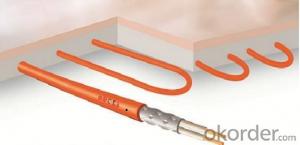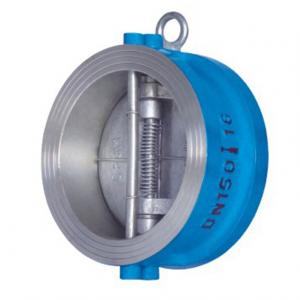Dual Inverter Solar
Dual Inverter Solar Related Searches
Best Solar Inverter For Home Home Power Inverter For Solar Best Inverter For Solar Pv Best Inverter For Solar Mini Solar Inverter For Home Solar Panel Inverter For Rv Inverter For 5kw Solar System Inverter For Solar Power Plant Inverter For Home Solar Solar Power Inverter For RvHot Searches
Steel Mesh Panels For Sale Cheap High Tea Sets For Sale High Density Fiberboard For Sale Solar Hot Water Collectors For Sale Scaffolding For Sale In Uae Scaffolding For Sale In Ireland Scaffolding For Sale In Houston Type Of Inverter For Solar Used Solar Inverter For Sale Portable Led Signs For Sale Stone Hot Water Bottles For Sale Large Led Screens For Sale 1/4 Aluminum Plate For Sale H4 Led Headlight Bulbs For Sale Air Pump For Aquarium Price Inverter Size For Solar System Solar Edge Inverter For Sale 5kw Solar Inverter For Sale Aluminum Round Stock For Sale Solar Thermal Collectors For SaleDual Inverter Solar Supplier & Manufacturer from China
Okorder.com is a professional Dual Inverter Solar supplier & manufacturer, offers integrated one-stop services including real-time quoting and online cargo tracking. We are funded by CNBM Group, a Fortune 500 enterprise and the largest Dual Inverter Solar firm in China.Hot Products
FAQ
- One advantage of using a transformerless solar inverter is its higher efficiency. By eliminating the need for a bulky and heavy transformer, the inverter can convert the DC power from the solar panels to AC power more efficiently. This results in less energy loss during the conversion process, leading to higher overall system efficiency and increased energy generation. Additionally, transformerless inverters tend to be smaller and lighter, making them easier to install and maintain.
- Yes, a solar inverter can be used in areas with unstable power grids. Solar inverters are designed to convert the direct current (DC) generated by solar panels into alternating current (AC) suitable for use in homes or businesses. In areas with unstable power grids, where there are frequent power outages or voltage fluctuations, solar inverters can provide a reliable source of electricity by switching to battery power during grid failures or regulating the voltage to protect sensitive equipment. Additionally, some advanced solar inverters have features like grid support functions or anti-islanding protection, which allow them to operate safely and effectively even in areas with unstable power grids.
- A solar inverter handles power quality disturbances by continuously monitoring the electrical grid and adjusting its output accordingly. It employs various techniques such as voltage regulation, frequency control, and power factor correction to ensure that the power it feeds into the grid is of high quality and meets the required standards. Additionally, some advanced solar inverters also have built-in features like anti-islanding protection to prevent the injection of power into the grid during a disturbance, ensuring the safety of both the solar system and the grid.
- The role of a solar inverter in a microgrid system is to convert the direct current (DC) electricity generated by solar panels into alternating current (AC) electricity that can be used to power various appliances and devices within the microgrid. Additionally, the solar inverter helps manage the flow of electricity between the microgrid and the main utility grid, allowing for efficient energy distribution and grid stability.
- The role of a solar inverter in net metering is to convert the direct current (DC) electricity produced by solar panels into alternating current (AC) electricity that can be used to power homes or businesses. It also allows any excess electricity generated to be fed back into the grid, enabling net metering and allowing the owner to receive credits or compensation for the excess energy provided.
- A solar inverter handles voltage fluctuations from the solar panels by continuously monitoring the output voltage and adjusting it to maintain a stable and consistent level of voltage. It employs advanced control algorithms and power electronics to regulate and stabilize the voltage, ensuring optimal energy conversion and compatibility with the electrical grid. This helps protect the inverter and other connected devices from damage while maximizing the energy output from the solar panels.














































